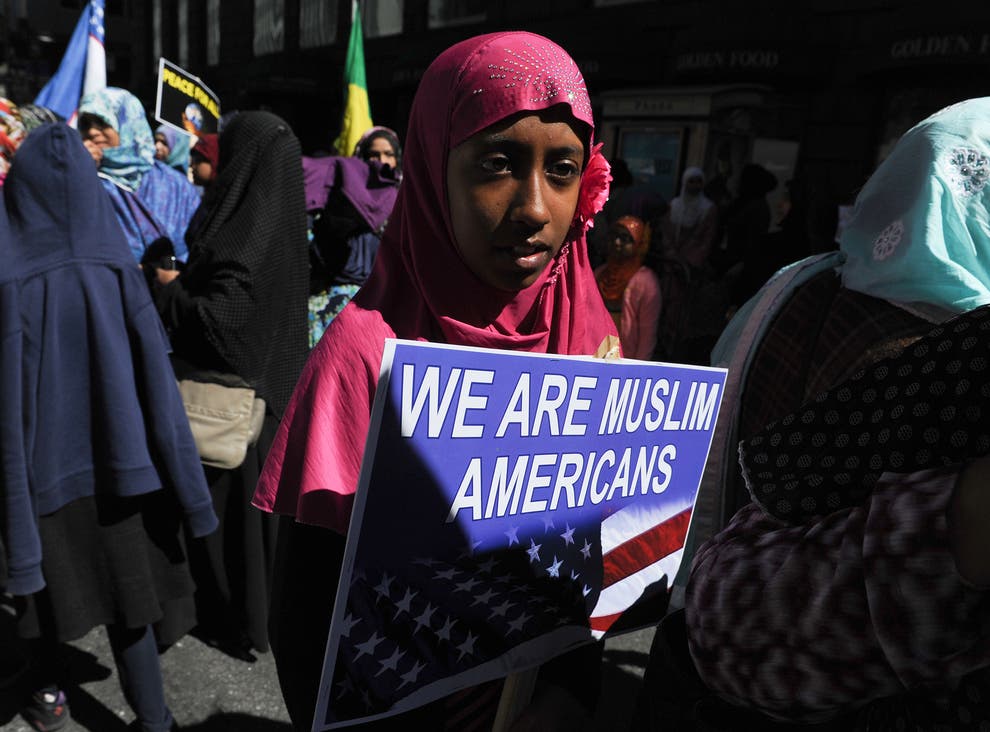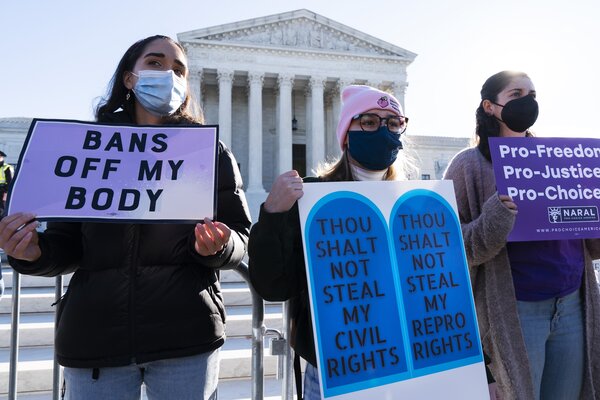Claims that American Muslims are well-integrated have been supported by the fact that Muslims in America fare better socioeconomically than other minority Muslim populations around the world, such as French and British Muslims, and the expanding number of successful Muslim entrepreneurs. However, the Institute for Social Policy and Understanding’s (ISPU) 2018 American Muslim Poll reveals that, “Even though some American Muslims are quite well-off, a significantly larger percentage of the community struggles financially”.
Whereas 18% of American Muslims report a household income above $100,000 (compared to 31% of Americans generally), 33% of American Muslims make less than $30,000 annually (compared to 24% of Americans generally). This means that one-third of American Muslims are “at or below the federal poverty line, depending on household size”.
ISPU conducted further research to investigate economic disparity within the American Muslim community, examining “the demographic factors that are correlated with low- and high-income households in ISPU’s 2018 poll to understand how communities differed”. They found that, when household size and geographic region were controlled for, “Black Muslim households are more likely than any other Muslim racial group to earn less than $30,000 a year”. At the higher end of the income spectrum, there is more racial parity, as Arab households are only slightly more likely than other Muslims to report incomes over $75,000.
As it does in the general public, education was also found to strongly correlate with income; “Homes with at least one college graduate are both less likely to fall below $30,000 in annual income and more likely to earn over $75,000”. The same trend is true for households with a married couple, which can be explained by the increased likelihood of both spouses earning an income.
Citizenship status is the one variable that demonstrates “an inconsistent effect between low and high income”, as “Households with at least one non-citizen are more likely to earn below $30,000 but no less likely to have annual earnings above $75,000. In other words, recent immigrant households may comprise individuals starting anew and looking for a better life for their family (the classic immigrant tale), or, alternatively, may feature highly skilled workers looking to apply their talents in America”. This suggests that, “although many immigrants who are Muslim come to America with limited means, a number of them are also starting off as high earners”.
In terms of the education-to-income pipeline, this appears to be “just as viable a track for Muslims as all others in America”. However, the findings that Black Muslims “lag behind American Muslims offers less hope for progress over time”. ISPU writes, “Indeed, the comparatively fewer resources for social mobility available to Black Americans means that any remedy will likely need to be community-driven rather than rely on societal progress”.
ISPU’s 2017 poll highlighted that half of American Muslims contribute to domestic causes aimed at alleviating poverty. This does offer a positive point with regards to ensuring greater socioeconomic equality for Muslim Americans, as it offers a foundation “for more institutionally grounded solutions that, in addition to philanthropic endeavors, address the need for more economic cooperation between Muslims of different socio-economic and ethnic backgrounds”.
Sources
Chouhoud, Y. (2018) ‘What’s the Hidden Story Behind American Muslim Poverty?’ [online] https://www.ispu.org/whats-the-hidden-story-behind-american-muslim-poverty/. [Accessed 24 October 2018].






